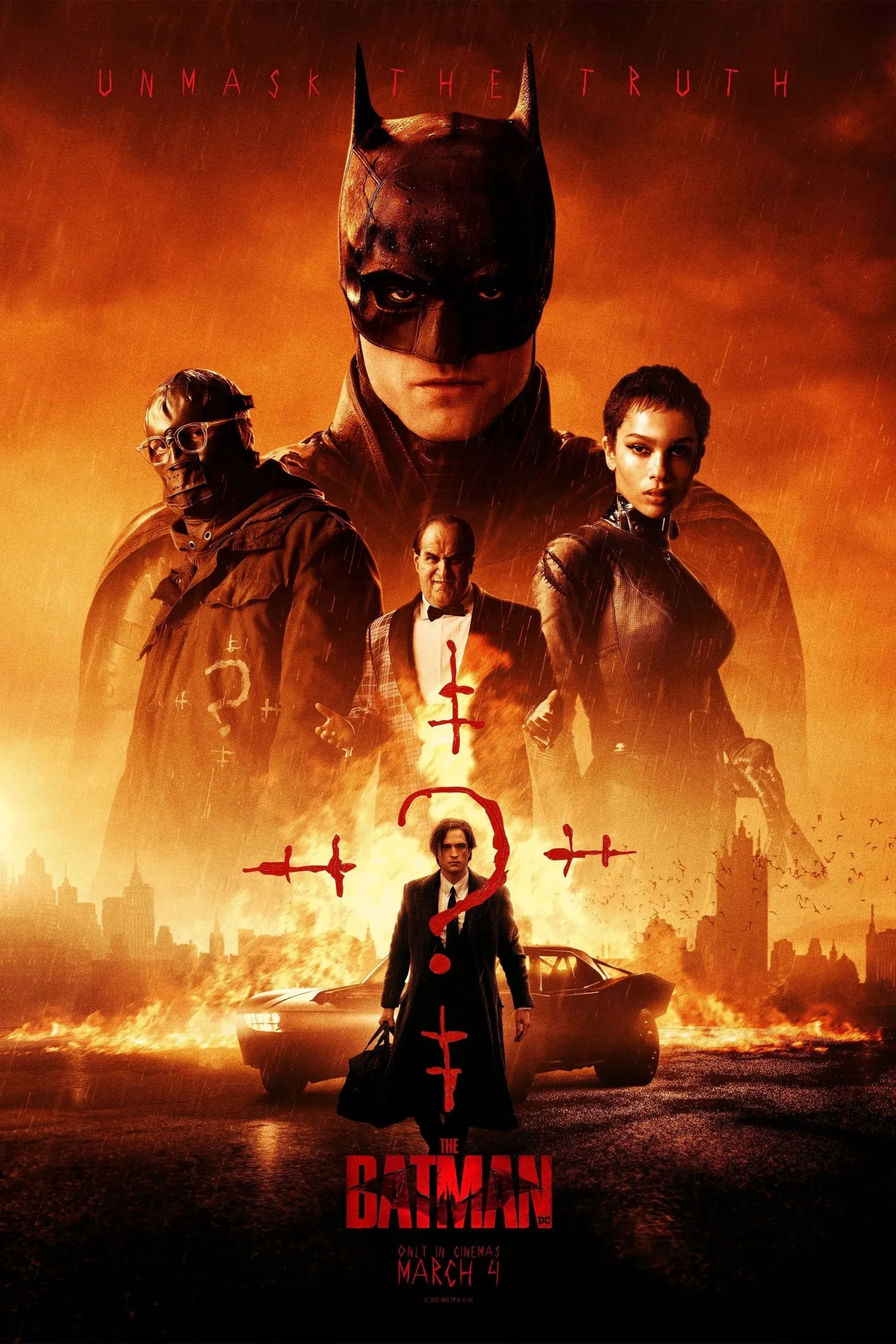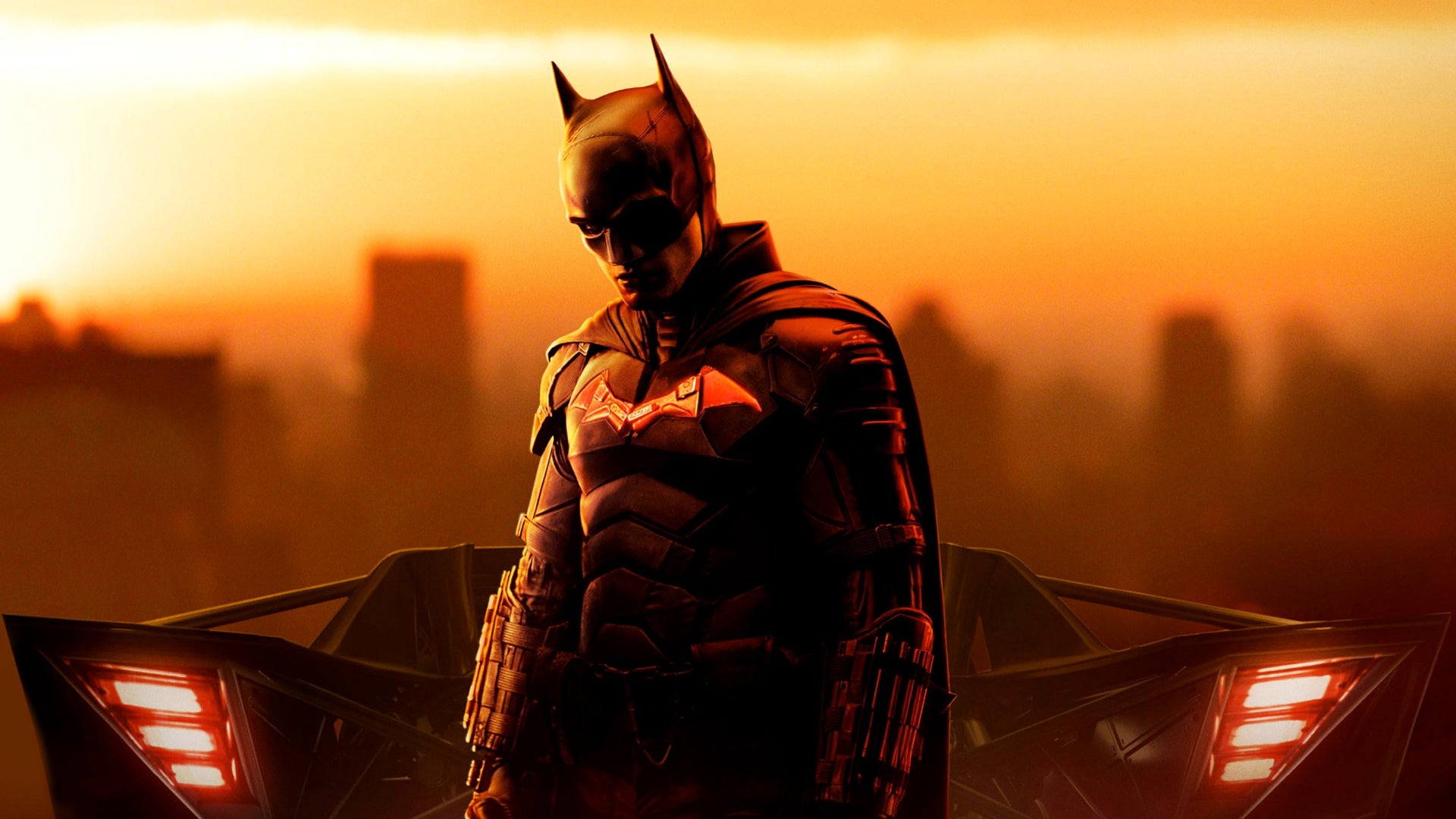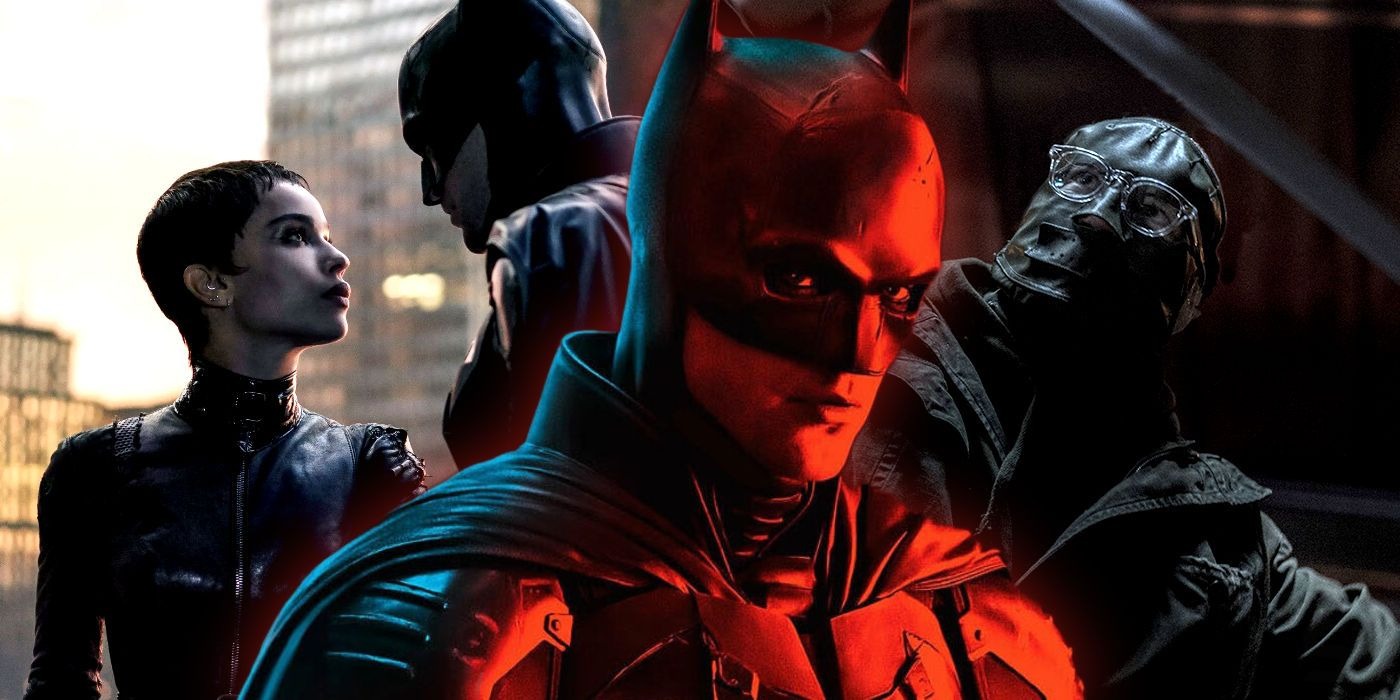The conclusion of The Batman marks a pivotal chapter in the journey of Matt Reeves’ and Robert Pattinson’s take on Gotham’s most iconic hero. Although this movie ties up the first story arc, it sets the stage for Bruce Wayne’s ongoing evolution, with the promise of more difficulties in future films.
Initially planned as a continuation of the previous Batman films under Ben Affleck’s portrayal, the direction shifted in 2017, establishing a fresh universe separate from Batman v Superman: Dawn of Justice and Justice League. This change birthed a new Batman, who, by 2024, expanded into The Penguin spin-off.

Set in present-day Gotham, The Batman follows Bruce Wayne’s second year of crime-fighting as Gotham’s masked vigilante. With Alfred Pennyworth by his side, Bruce delves into the mystery surrounding The Riddler’s murders and how they connect to his parents, Thomas and Martha Wayne.
As a relative newcomer to the role, Batman faces challenges with his adversaries, who include the Riddler, Penguin, and Carmine Falcone. His lack of experience is evident, and the entire investigation proves to be an important learning curve that shapes him in ways that will change him forever.
The Foundation for Gotham’s Future
The film’s final moments lay the groundwork for both Batman’s path forward and Gotham’s criminal future. While the resolution ties up major plot points, several underlying threads are left that will complicate Bruce Wayne’s next chapter.
These smaller story arcs hint at deeper issues that may affect the broader perspective in The Batman: Part II.
The Riddler’s Real Motives and Connection to Thomas Wayne
Edward Nashton, also known as The Riddler, serves as one of the film’s central mysteries. At first glance, his targets seem to be corrupt public figures, but the reasoning behind his targets isn’t clear until much later.
The Riddler and Batman are painted as two sides of the same coin—both orphans, both seeking justice in a corrupt Gotham, albeit through drastically different means. Matt Reeves described their dynamic as a twisted love story, with the Riddler being obsessed with Batman in a way that goes beyond mere admiration.
The film reveals that The Riddler’s plan is tied directly to Thomas Wayne and the latter’s failed attempt to improve Gotham’s infrastructure through a project known as Renewal. As a child, Edward Nashton was abandoned and grew up poor, eventually becoming an accountant.
His work led him to uncover Renewal’s involvement with the Wayne family. After Thomas Wayne’s death, the project fell into the hands of Carmine Falcone, who manipulated it to further his criminal interests.
This act of betrayal drove Nashton to take revenge as the Riddler, targeting those he saw as responsible for his suffering.
Why The Riddler Targeted Bruce Wayne
In Nashton’s eyes, Bruce Wayne is the embodiment of what went wrong with the Renewal plan. While Gotham focused on the orphaned son of Thomas and Martha Wayne, Nashton saw this as an unfair diversion from the real issue: the city’s corruption.
The Riddler’s ultimate plan involved flooding Gotham to force change, an act he believed would wash away the city’s sins and spark the renewal he longed for.
The Riddler’s Goons and Batman’s True Nature
The final confrontation with The Riddler’s henchmen highlights the consequences of Batman’s approach to crime-fighting. One of the goons, who initially appears to be an anonymous thug, declares, “I’m vengeance,” a direct reflection of Batman’s catchphrase.
This moment underscores the irony in Batman’s methods: his vengeance has inspired others to follow in his footsteps, perpetuating the cycle of crime. As Batman hears his own words used against him, the scene is a powerful reminder that vengeance alone cannot heal Gotham.
Director Matt Reeves explained how Batman’s transformation in the film changes from a figure of vengeance to one of hope. Initially, Batman’s actions are driven by a desire for personal retribution, but by the end, he learns that his role is to inspire hope in a city that desperately needs it.
Barry Keoghan’s Joker and Future Threats
The introduction of the Joker in The Batman was highly anticipated, and while the film doesn’t delve deeply into his backstory, it offers a tantalizing glimpse. Played by Barry Keoghan, the Joker is seen in Arkham Asylum, already surrounded by a gang, suggesting that his reign of terror has begun off-screen.
Though the full extent of his character is left ambiguous, his conversation with The Riddler about friendship hints at the possibility of a future alliance, positioning him as a key figure in the upcoming sequels.
The Penguin’s Rise to Power
The ending of The Batman sets the stage for The Penguin’s rise as a major power player in Gotham’s underworld. While his background with Carmine Falcone is left largely unexplored in the movie, the final scenes hint at his ambition to fill the power vacuum left behind by Falcone’s demise.
The Penguin assesses how Gotham’s criminal scheme changes in the wake of Falcone’s downfall.
Catwoman’s Departure and Bludhaven
In the final moments, Catwoman leaves Gotham, a move reminiscent of The Dark Knight Rises important plot twist, the mention of Bludhaven, a city known in the comics as the home of Dick Grayson (Nightwing), hints at future developments.
Although Nightwing has not yet appeared in this universe, Catwoman’s mention of Bludhaven serves as an easy introduction to the possibility of this storyline emerging in future installments..
While her departure isn’t an important plot twist, the mention of Bludhaven, a city known in the comics as the home of Dick Grayson (Nightwing), hints at future developments.
Although Nightwing has not yet appeared in this universe, Catwoman’s mention of Bludhaven serves as an easy introduction to the possibility of this storyline emerging in future installments.
The Final Shot and What It Implies
Batman’s final decision to remain in Gotham, symbolized by his look at the Batsignal, signals his commitment to his role as protector. Unlike earlier versions of the character, Robert Pattinson’s Batman is not running away from his responsibilities.

This moment offers a subtle change in Batman’s character, transitioning him from a figure of vengeance to one of hope and determination. His decision to stay marks the beginning of a new chapter for Gotham.
The Sequel: Gotham’s Dark Future
Matt Reeves has hinted that The Batman: Part II will further look into Gotham’s decay and the rise of new threats. As the city faces both physical and moral collapse, the vacuum left by corrupt power structures will lead to even greater dangers.
Reeves has also teased the potential for delving deeper into Gotham’s corruption, possibly introducing organizations like the Court of Owls, which could provide the perfect antagonist for Batman in the next installment.
Who Killed Batman’s Parents?
The mystery of who killed Thomas and Martha Wayne has always been central to Batman’s origin. However, Batman takes a different approach by not directly showing the deaths but instead using it as a subplot in The Riddler’s puzzle.
It’s implied that Carmine Falcone and Salvatore Maroni were involved, but the film leaves the true culprit uncertain, adding to the mystery and intrigue surrounding Gotham’s criminal elite.
The Riddler’s Post-Credits Message
The Batman forgoes a traditional post-credits scene in favor of a final message from The Riddler. This decision leaves room for anticipation, as it teases further developments for Gotham’s future and Batman’s continuing struggle against the city’s darkest forces.



